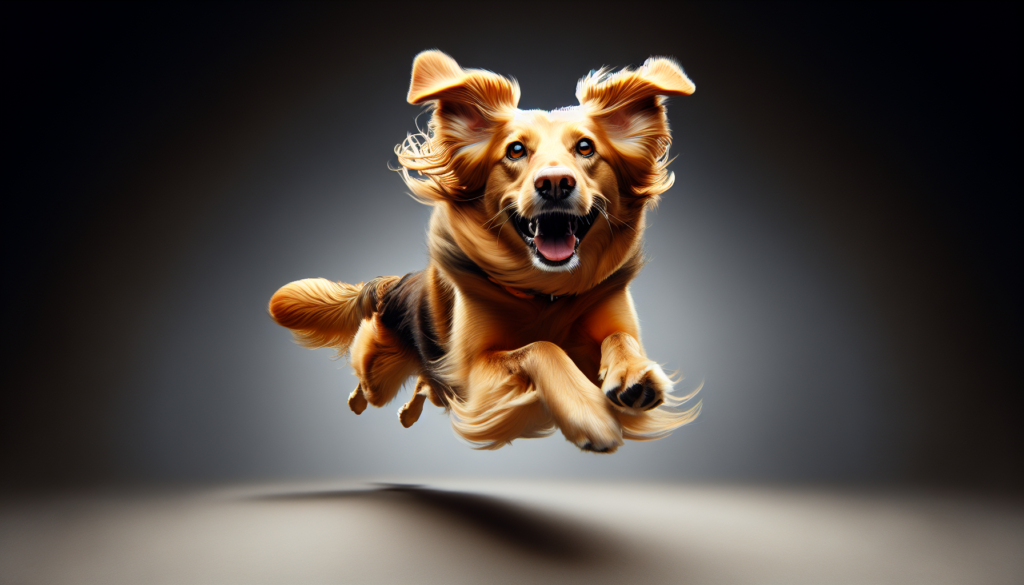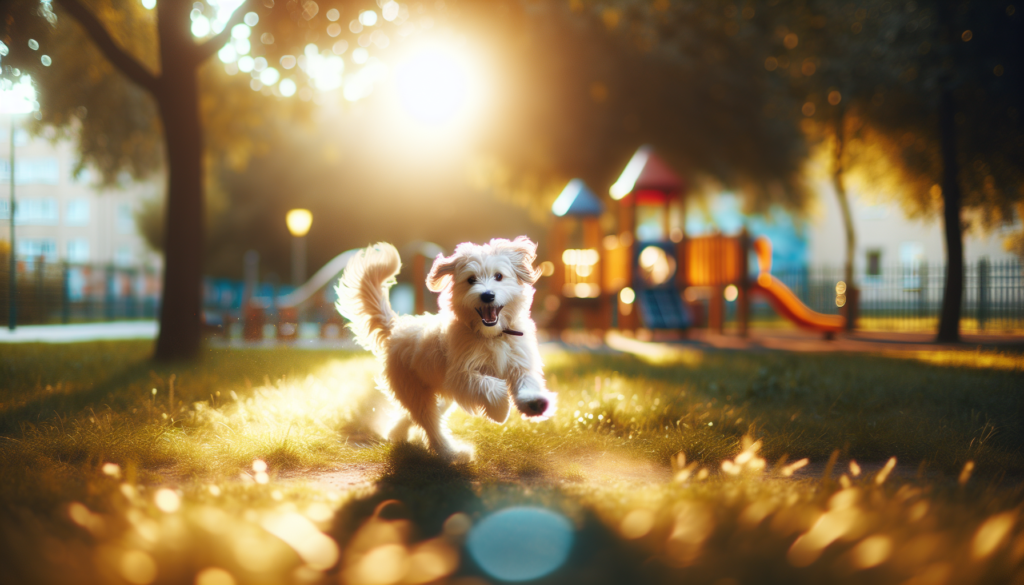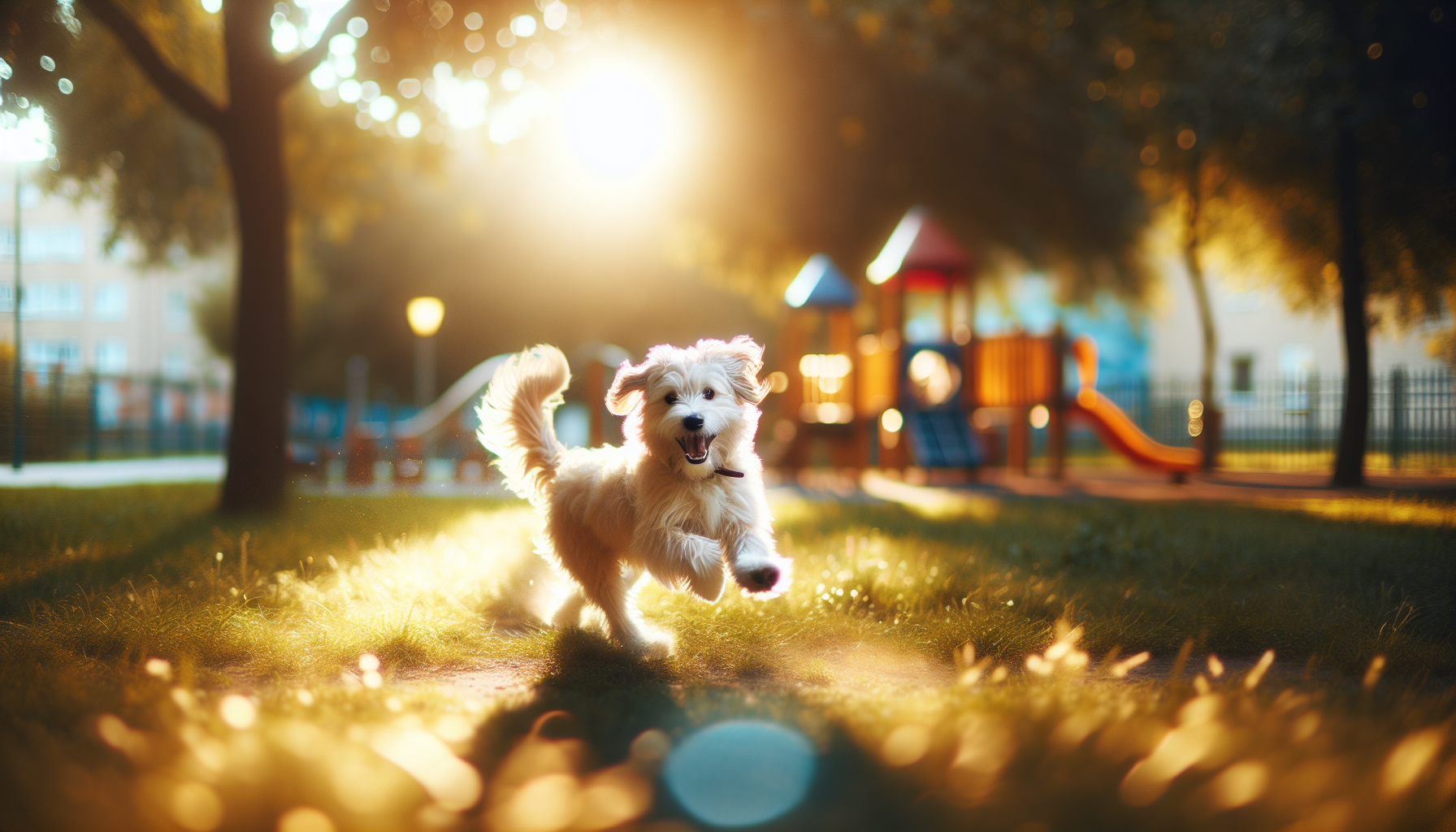Imagine capturing the perfect moment with your furry friend – a photograph that captures their true personality and the unique bond you share. In this article, you will discover invaluable tips for a successful dog photography session. From finding the ideal location to creating a comfortable environment, these tips will help you bring out the best in your four-legged companion, resulting in stunning and unforgettable images that will be treasured for a lifetime. So grab your camera and get ready to embark on a fun and rewarding photo adventure with your beloved pooch!

Preparing for the Session
Choosing the Right Location
When preparing for a dog photography session, the choice of location plays a crucial role in capturing stunning and meaningful shots. Consider selecting a spot that reflects your dog’s personality and complements their unique characteristics. Whether it’s a vibrant park, a serene beach, or the comfort of your own backyard, choosing the right location sets the foundation for a successful session.
Gathering Props and Treats
To add creativity and variety to your dog photography session, gather props and treats that will enhance the overall experience. Props can range from playful toys to decorative accessories that highlight your dog’s individuality. Additionally, having an assortment of treats on hand will not only keep your furry friend motivated and engaged but will also allow you to capture their genuine expressions and reactions.
Matching the Session to Your Dog’s Personality
Every dog has a unique personality, and tailoring the photography session to match their individuality ensures a successful outcome. Consider your dog’s energy level, preferences, and temperament when planning the session. If your dog loves the water, a beach or lakeside location might be perfect. For more reserved or older dogs, a quiet and peaceful setting may be more suitable. By understanding your dog’s personality, you can create an environment that allows them to feel comfortable, leading to authentic and captivating photographs.
Ensuring a Comfortable Environment
Creating a Safe Space
It is essential to create a safe and secure environment for your dog during the photography session. Remove any potentially dangerous objects or hazards that may cause harm to your furry friend. Ensure that the location is secure, with no risk of your dog running off or encountering unfamiliar animals. By providing a safe space, you can eliminate any distractions or anxieties, allowing your dog to feel at ease and enabling you to capture the best shots.
Managing Noise and Distractions
Dogs can be easily distracted by noise and unfamiliar surroundings, making it crucial to manage any potential distractions during the session. Choose a time and location that minimizes outside noise or foot traffic. This will help maintain your dog’s focus on you and their surroundings, allowing you to capture their attention and emotions. Additionally, bringing familiar toys or treats can help redirect their attention and maintain their engagement throughout the session.
Maintaining Good Lighting
Lighting plays a significant role in capturing beautiful and well-lit photographs. When arranging a dog photography session, aim to schedule it during the golden hours, which are typically the first hour after sunrise or the last hour before sunset. During these times, the light is softer, warmer, and more flattering, creating a magical ambiance. If shooting indoors, natural light from windows or doors can create lovely highlights and shadows. Good lighting not only enhances the appearance of your dog but also brings out their natural colors and features, resulting in stunning images.
Establishing Rapport with the Dog
Building Trust and Confidence
Before starting the photography session, it’s important to build trust and establish a connection with your dog. Spend some time playing, petting, and bonding with them to ensure they feel comfortable and at ease in your presence. This trust will be reflected in the photographs, as your dog will appear relaxed and natural. Building a strong rapport creates a positive and enjoyable experience for both you and your dog during the session.
Using Positive Reinforcement
Positive reinforcement is a powerful tool when working with dogs in any context, including photography sessions. Reward your dog with treats, praise, and affection when they exhibit desired behaviors, such as sitting or looking at the camera. This positive experience creates a cooperative atmosphere and encourages your dog to be engaged and responsive. With consistent positive reinforcement, your dog will associate the photography session with enjoyable and rewarding experiences.
Getting to Know the Dog’s Behavior
Each dog has unique behaviors and expressions that make them who they are. Take the time to observe and understand your dog’s behavior patterns, body language, and natural expressions. This knowledge will enable you to anticipate and capture their distinct personality and charm in each photograph. By familiarizing yourself with your dog’s behavior, you can capture candid moments that truly reflect their character, resulting in authentic and captivating images.
Setting Up the Equipment
Choosing the Right Camera and Lens
When embarking on a dog photography session, selecting the appropriate camera and lens is crucial in capturing high-quality images. The camera should have a relatively fast burst mode to capture quick movements, ensuring you don’t miss any precious moments. Additionally, choose a lens that allows you to focus on your dog’s eyes, capturing their emotions and expressions sharply. Wide-angle lenses are great for capturing a dog’s playful nature, while telephoto lenses can be used to capture close-up details.
Using Proper Exposure and Focus
Proper exposure and focus are essential to ensure your dog is the highlight of every photograph. Pay attention to the lighting conditions and adjust the exposure settings accordingly to avoid overexposed or underexposed images. Focus on your dog’s eyes, which are the windows to their soul, and ensure they are sharp and in focus. This will bring out the depth and emotions in your dog’s expressions, resulting in captivating photographs.
Selecting the Appropriate Accessories
Accessories can add an extra flair to your dog photography session, but it’s important to select them thoughtfully. Consider accessories that are comfortable and safe for your dog to wear, such as bandanas, collars, or bows. These accessories can accentuate your dog’s personality and create a cohesive theme throughout the session. However, avoid overwhelming your dog with too many accessories, as it may distract from their natural charm and beauty.

Posing and Composition
Positioning the Dog for Flattering Shots
Posing your dog appropriately is key to capturing flattering shots. Experiment with different angles and positions, such as sitting, lying down, or running, to showcase your dog’s unique features. Consider their breed and body shape when determining the most flattering poses. For example, long and lean breeds may look elegant while stretching or running, while stockier breeds may appear majestic when sitting or standing tall.
Creating Dynamic and Engaging Compositions
Composition is the art of arranging elements within a photograph, and it greatly impacts the overall aesthetics of the image. Be mindful of your dog’s surroundings and incorporate them into the composition to create depth and dimension. Experiment with different compositions, such as the rule of thirds or leading lines, to create visually engaging photographs. Remember, the composition should complement your dog and enhance their presence in the image.
Considering Symmetry and Balance
Symmetry and balance play a significant role in creating visually pleasing photographs. Position your dog in a way that maintains symmetry within the frame, whether it’s by aligning their body with the vertical or horizontal lines in the environment or using their gaze to create balance. This symmetrical composition creates harmony and draws the viewer’s attention directly to your dog, resulting in captivating and balanced images.
Capturing Expressions and Emotions
Encouraging Playfulness and Natural Expressions
Capturing your dog’s true personality and playful spirit is essential in dog photography. Encourage their natural playfulness and create a space where they feel comfortable showing off their unique expressions. Engage in playful interactions, such as tossing a ball or using toys to elicit happy and energetic reactions. By capturing these authentic and joyful expressions, you’ll create lasting memories that showcase your dog’s true character.
Leveraging Treats and Toys to Elicit Reactions
Treats and toys are invaluable tools when it comes to capturing a dog’s attention and eliciting specific reactions. Use treats strategically to capture focused and attentive expressions from your dog. Hold the treats near the camera to encourage eye contact and create a connection between your dog and the lens. Additionally, toys can be used to create a sense of excitement and anticipation in your dog, resulting in candid and animated photographs.
Focusing on the Dog’s Eyes and Facial Expressions
The eyes are the windows to the soul, and by focusing on your dog’s eyes, you can capture their emotions and create impactful photographs. Ensure that your dog’s eyes are in sharp focus, as this draws the viewer’s attention and enhances the connection between the subject and the audience. Pay close attention to the subtle changes in your dog’s facial expressions, as these can convey a range of emotions, from joy and excitement to curiosity and contentment.
Working with Different Breeds and Sizes
Understanding Breed-Specific Characteristics
Each dog breed has distinct characteristics that should be considered when photographing them. Be aware of breed-specific traits, such as their energy levels, physical abilities, and preferred activities. This knowledge allows you to tailor the photography session to suit their specific needs, ensuring a positive and successful outcome.
Adapting Techniques for Smaller or Larger Dogs
When working with smaller or larger dogs, it’s essential to adapt your techniques accordingly. Smaller dogs may require different posing strategies, such as using props to create the illusion of size or capturing them in playful environments. Larger dogs, on the other hand, may benefit from capturing their majestic presence in natural surroundings or showcasing their impressive physical abilities. Adapting your approach will result in photographs that highlight the unique characteristics of each size category.
Highlighting Unique Features of Each Breed
Every dog breed has its unique features and physical attributes that make them special. When photographing different breeds, it’s important to highlight these distinct features. Capture the elegance of a Greyhound’s graceful stride, the gentle expression of a Labrador Retriever, or the distinctive coat patterns of a Dalmatian. By emphasizing these unique elements, you’ll not only showcase the beauty of each breed but also create imagery that resonates with dog enthusiasts.
Coordinating with the Owners
Communicating Expectations and Preferences
Effective communication with the dog’s owners is essential for a successful photography session. Clearly articulate your expectations, discussing the desired outcome, preferred locations, and any specific instructions or requests. Understand the owner’s preferences and incorporate them into the session to ensure their satisfaction. A collaborative approach creates a positive experience for everyone involved and results in photographs that accurately reflect the owner’s vision.
Collaborating on Themes and Outfits
Collaborating with the dog’s owners on themes and outfits adds a fun and personalized touch to the photography session. Discuss potential themes that align with the dog’s personality or the owner’s interests. Coordinate outfits or accessories that complement the chosen theme or enhance the dog’s appearance. By involving the owners in the decision-making process, you’ll create a memorable experience and photographs that reflect their unique bond with their furry companion.
Including the Owners in Some Shots
Including the owners in some shots adds an extra layer of emotion and connection to the photographs. Capture candid moments of interaction and affection between the dog and their owner. These images showcase the bond between them and create a lasting memory of the special relationship they share. Encourage natural expressions and interactions, making the owners feel comfortable in front of the camera to capture genuine moments of love and joy.
Dealing with Challenging Situations
Managing Hyperactive Dogs
Working with hyperactive dogs requires patience, understanding, and the ability to redirect their energy. Incorporate games and activities during the session to help burn off excess energy, allowing the dog to settle down for photographs. Quick shutter speeds and burst mode on your camera can help capture action-packed moments. Utilize treats and toys strategically to keep their focus and direct their energy in a positive and controlled manner.
Working with Shy or Nervous Dogs
Shy or nervous dogs may require extra care and attention during the photography session. Gradually familiarize them with the environment, allowing them to explore and gain confidence at their own pace. Patience is key when working with these dogs, as rushing them may cause further anxiety. Use positive reinforcement and rewards to help build trust and create a safe space for them. Capture their unique expressions of vulnerability and gentleness, showcasing their true nature.
Handling Aggressive or Protective Dogs
When dealing with aggressive or protective dogs, it is imperative to prioritize safety for both yourself and the dog. Consult with the owners to understand their dog’s triggers and employ precautionary measures to ensure everyone’s well-being. It may be necessary to photograph these dogs from a distance or utilize barriers to keep them separated. If the dog’s behavior poses a significant risk, it may be best to consider alternative methods, such as photographing them in a familiar and controlled environment under professional supervision.
Post-Processing and Editing
Choosing the Right Software and Tools
Post-processing and editing play a vital role in enhancing and refining your dog photography. Choose a reliable photo editing software that offers a variety of tools and features to bring out the best in your images. Popular options include Adobe Lightroom, Photoshop, or Capture One. These tools provide a range of adjustment options to fine-tune exposure, sharpness, color balance, and other essential aspects of a photograph.
Enhancing Colors and Sharpness
During post-processing, pay attention to colors and sharpness to enhance the overall visual impact of your photographs. Adjust color temperature to achieve accurate representations of your dog’s fur and surroundings. Use selective adjustments to emphasize certain colors to draw attention to specific areas of the image. Sharpen your dog’s eyes and details while carefully balancing it to avoid over-sharpening.
Retouching and Removing Unwanted Elements
In the final stages of post-processing, take the time to meticulously retouch your dog photography. Remove any distractions or unwanted elements that may divert attention from your subject. This may include removing leashes, stray hairs, or minor imperfections. However, be cautious not to over-edit and maintain the authenticity and naturalness of the photograph. Strive for a balance between enhancing the image and preserving the genuine charm of your furry friend.
In conclusion, a successful dog photography session requires careful planning, attention to detail, and an understanding of your dog’s unique characteristics. By choosing the right location, establishing rapport with your dog, and utilizing proper techniques, you can create meaningful and captivating photographs that celebrate the beauty and personality of your canine companion. Remember to communicate and collaborate with the dog’s owners, adapt your approach according to different breeds and sizes, and be prepared for any challenging situations that may arise. Lastly, take the time to edit and embellish your images, ensuring they reflect the joy and love shared between humans and their four-legged friends. Happy photographing!

